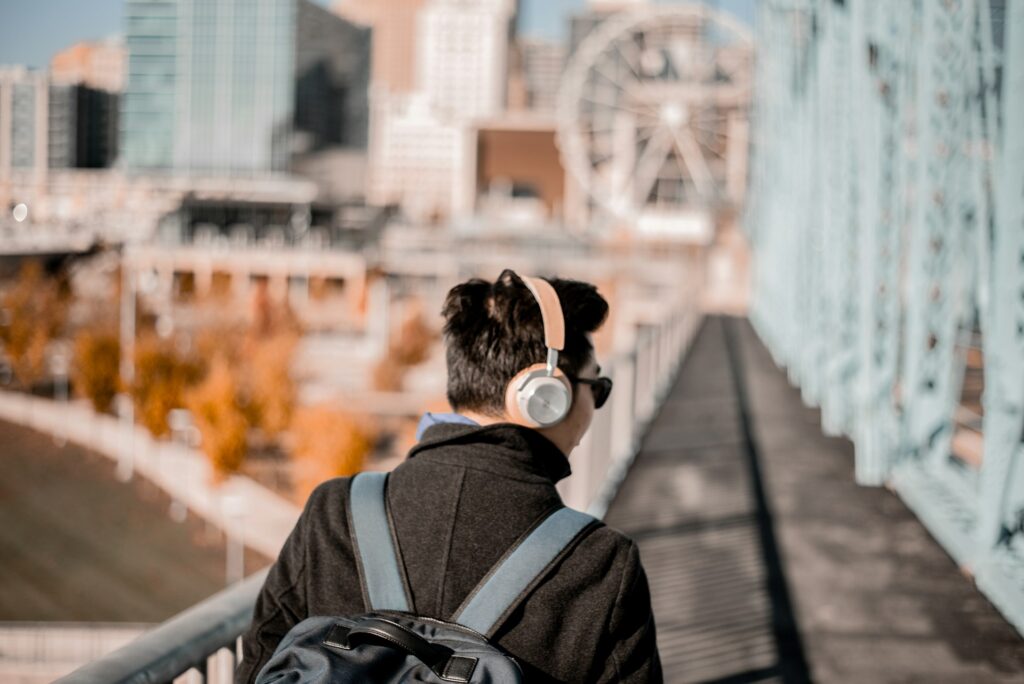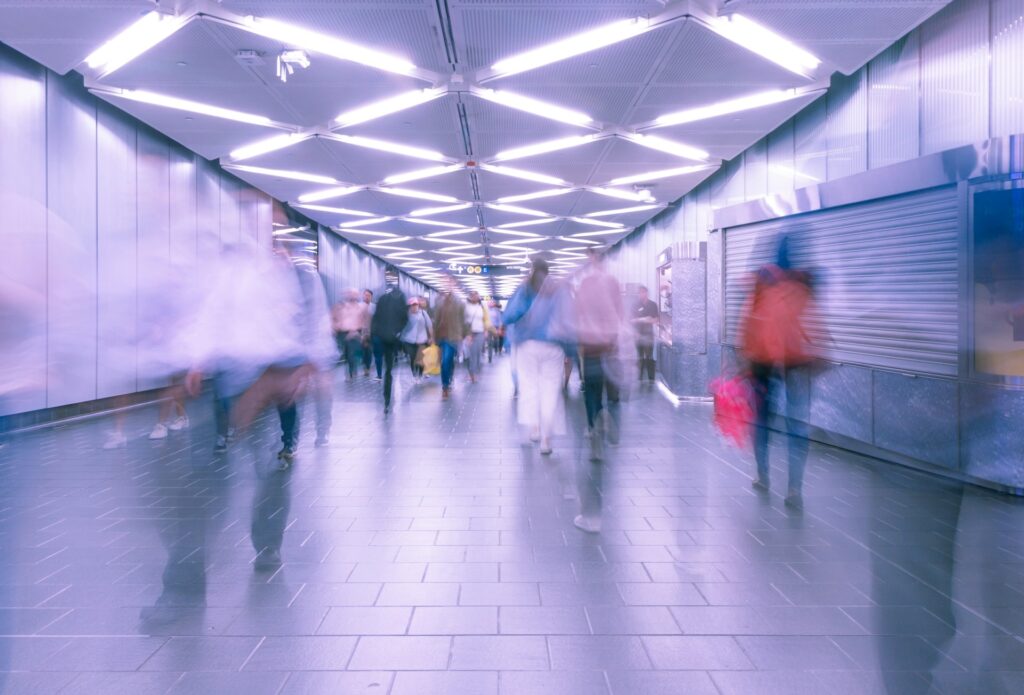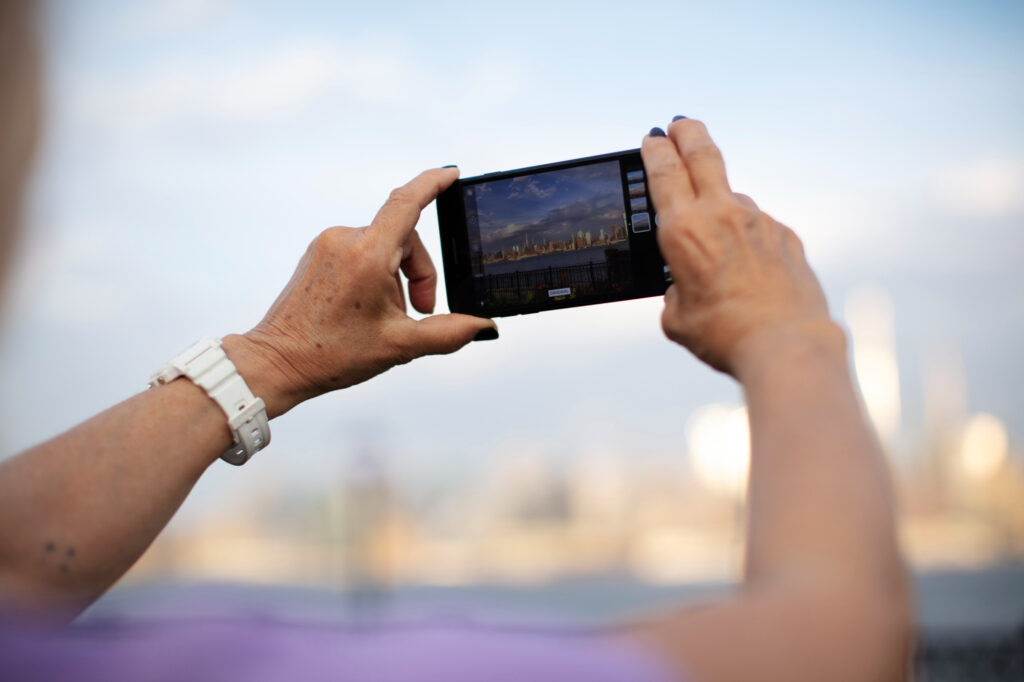You will need several hours a day to explore everything Buenos Aires has to offer. Whether you are a digital nomad, an expat, or a tourist visiting the capital of Argentina, one of the main activities you will want to do is visit tourist sites or simply walk around as you would in any city you are visiting for the first time.
However, your tours around Buenos Aires do not have to be a bad experience due to distraction or lack of attention on your part. Although it is one of the safest cities in Latin America, snatches and thefts can happen when you let your guard down.
In high-traffic areas for locals and foreigners, such as Caminito, Palermo, or downtown Buenos Aires, a simple distraction like talking on the phone while walking as if you were at home can be an opportunity for wrongdoers to strike.
Fear? Scared? Not at all! These incidents are very isolated and, in most cases, happen precisely because of a distraction on the part of foreigners. Argentinians have already incorporated a sense of alertness into our daily lives. So, it’s just a matter of paying attention to the following distractions to ensure your visit to Buenos Aires is all pleasure.
Tour of Buenos Aires: 5 Distractions to Avoid for Your Safety
1. Walking with Headphones and Listening to Music
Is it dangerous to walk with headphones and listen to music on the streets of Buenos Aires? This habit is more common than you might think. In fact, Argentinians, especially young people, often do this when traveling to work or study.
However, it is different to exercise with headphones on and to explore Buenos Aires as a tourist in the same situation. For a foreigner who does not fully know Buenos Aires, using headphones is an additional element of isolation and distraction.
As you have read in our articles on safety in Buenos Aires, theft and snatching can catch you off guard.
In this sense, unless you are doing physical activity and want to motivate yourself with music in your headphones, we advise against exploring Buenos Aires as a tourist while listening to music.

2. Neglecting Your Cell Phone
Buenos Aires, it should be clarified, is not a dangerous city where crime is rampant. It is simply a matter of warning travelers not to let their guard down, as this is where non-violent thefts can happen.
And what is the most sought-after loot by thieves in Buenos Aires? The cell phone. Keep in mind that for them, stealing a mobile phone means selling it in the illegal market for a small but valuable amount.
Most cell phone thefts in Buenos Aires, especially among travelers, occur during a moment of distraction. For example, walking while sending a text message or taking a call, or in the case of many women, carrying the mobile phone in the back pocket of their pants.
Preventing your mobile phone from being stolen (not even violently, but silently) is as easy as following these tips:
- Carry it in the safest pocket of your jacket or pants.
- If you will store it in a bag or backpack, prioritize theft-proof pockets and not the most accessible ones.
- If you need to send a text message or make a call on the street, stop walking, step aside from pedestrians, and ensure you can see both sides while you complete your task.

3. Engaging in Conversation with Strangers and Beggars
You will find many warnings about this in our guide to Buenos Aires. The city, especially in neighborhoods and areas with a strong tourist presence, often has beggars and street vendors trying to interact with people to ask for something: money, food, or to sell some product.
It is not appropriate to generalize, as there are street vendors and beggars without any bad intentions, but this is precisely where tourists make a mistake.
When you stop to talk or interact with this type of person, no one can guarantee what will happen: they may just ask for the time and nothing more; but it is also possible that they react violently to your refusal to give them money or buy their products.
The best solution? Say “thank you,” “thank you,” or apologize, and continue on your way. With this, no beggar or street vendor will follow you and will desist from questioning.

4. Relaxing While Taking Photos
One of the most common ways travelers let their guard down. Unfortunately, major cities in Latin America present foreigners with the need to take more precautions than they are used to in their home countries.
There will be plenty of occasions when you want to take a photo or capture a video for social media. In places like museums and buildings, that is, not in public areas, you will not have any problem. You will simply need to consult with the guides at each tourist site to know if it is possible to take photos and capture videos.
However, the problem arises when taking photos or filming videos on the streets of Buenos Aires. This includes parks, squares, corners, and monuments, where there have been cases of almost instant thefts against foreigners taking a photo or filming a video.
Is the solution not to take photos or film videos in public? Not at all! Extremes are never good. It is just about being cautious and staying alert when you are on the streets of Buenos Aires, especially in open spaces like parks, squares, or very crowded avenues like 9 de Julio.

5. The Most Important Distraction: Not Developing Your Peripheral Vision
In Buenos Aires, Argentinians have developed peripheral vision. It is the ability to observe not only what is in front of your eyes but also what is happening to your sides, in almost a 180° angle of vision.
Why is peripheral vision important? To avoid sudden thefts or snatches, foreigners arriving in Buenos Aires should aim for the broadest possible vision. In addition to the distractions mentioned in this article, it is key to see beyond your main focus of vision.
For example, when using your cell phone or camera on the streets of Buenos Aires, you should try not only to focus on what the lens of your device captures but also on the surroundings.
Although it may seem like an impossible task, it is essential to develop peripheral vision to avoid being surprised by snatchers or pickpockets, especially during walks or tours where the concentration of people is very high.



